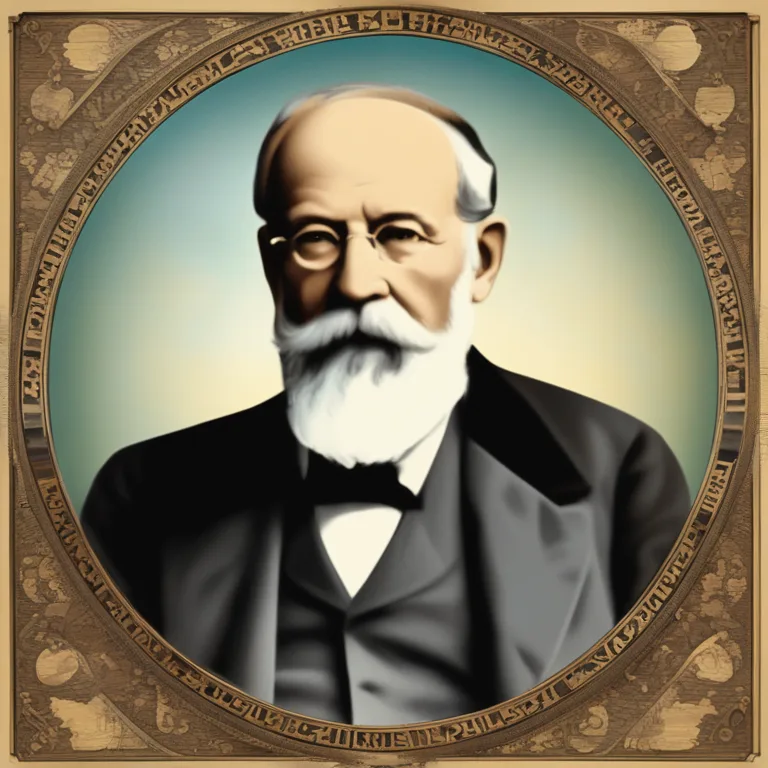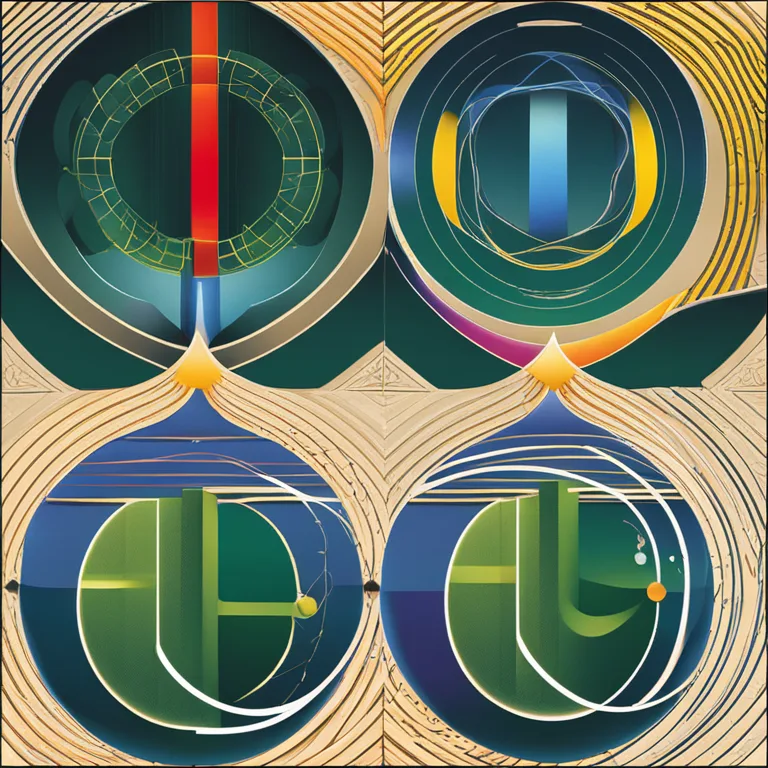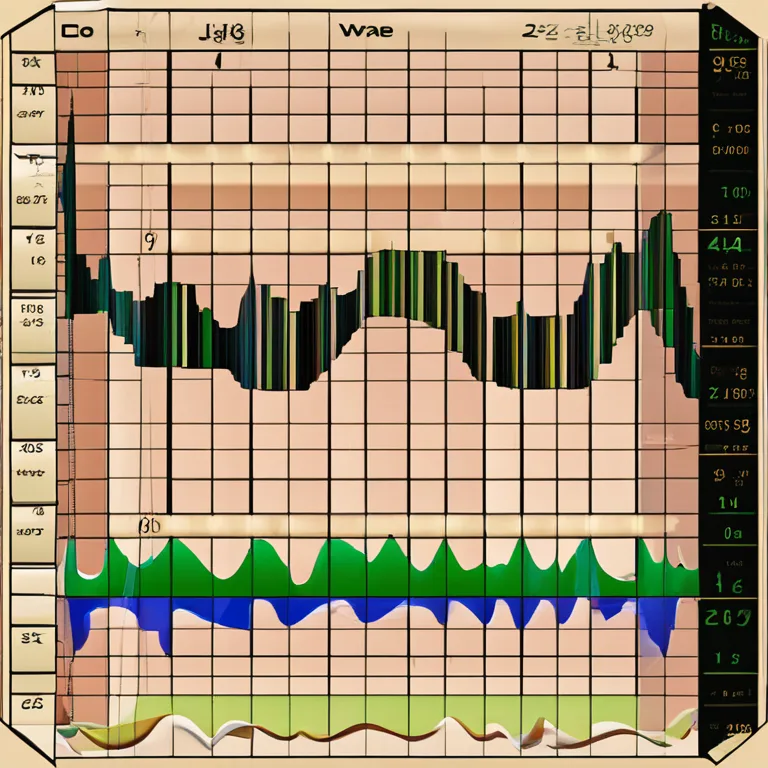
The Science Behind Biorhythms
Delve into the underpinnings of biorhythms — the physiological cycles that influence our physical, emotional, and intellectual states.
article by Adrian Wallace
The Origin of Biorhythm Theory
The concept of biorhythms traces its roots back to the 19th century, envisaged first by Dr. Wilhelm Fliess, a colleague of Sigmund Freud. Fliess believed in the existence of fundamental biological cycles affecting various facets of human behavior and well-being. This nascent idea was later expanded by Alfred Teltscher, an engineer, who noticed regular variations in his students' academic performance, which he attributed to biological rhythms. The intricacies of biorhythms gained traction among those searching for patterns in the ebb and flow of human capabilities and experiences.

The Three Primary Cycles
Biorhythms comprise three principal cycles: the Physical (23 days), Emotional (28 days), and Intellectual (33 days). Each cycle is posited to begin from the moment of birth and oscillates between positive and negative phases throughout an individual's life. The Physical cycle governs bodily health and functions, the Emotional cycle oversees mood and creativity, while the Intellectual cycle regulates cognitive abilities and analytical processes. Adherents to biorhythmic theory contend that understanding and anticipating these cycles can lead to improved decision-making and lifestyle adjustments.

Calculating Personal Biorhythms
To decipher one's biorhythms, calculations start with the date of birth and proceed to plot the sine waves corresponding to each of the three cycles. The crossing point of the wave at the zero line reputedly signals a critical phase—a transitional period purportedly marked by heightened vulnerability and a need for caution. With the advent of digital tools and applications in 2024, calculating and tracking biorhythm curves have become accessible to anyone curious about the interplay of these cycles in their daily lives.

Scientific Scrutiny and Modern Views
While biorhythm theory has a following, it has been met with skepticism and rigorous inquiry by the scientific community. Critics argue that empirical evidence to back up the predictive power of biorhythms is scant or non-existent. Nevertheless, in recent years, discussions around circadian rhythms and their proven impact on sleep and hormonal cycles have brought a renewed focus on how natural biological oscillations could influence human behavior. As of 2024, further scientific exploration could unveil more about the connections between our biology and daily functioning.

Biorhythms in Contemporary Application
Despite scientific debates, biorhythm analysis has found its niche within contemporary wellness and self-optimization movements. Enthusiasts use biorhythmic charts as a personal tool for planning activities, timing significant events, or attempting to harmonize with their body's purported natural cycles. Some evidence suggests that being mindful of routines and natural fluctuations in energy and mood—regardless of the exact science behind biorhythms—can have a placebo effect or foster a sense of control over one’s well-being.
Embracing Biorhythms in the Future
Looking ahead, the intersection of technology with biorhythmic calculations might offer more sophisticated and personalized insights. Innovations in wearable technology and biometric monitoring could potentially validate, refine, or even entirely redefine our understanding of biorhythm theory. With the digital transformation of personal health management and wellness, the relevance of tracking individual rhythms, albeit with a grain of scientific salt, is likely to persist and evolve in the digital era.
Published: 12/28/2023
Modified: 12/28/2023
More predictions
Come back here soon to learn more about yourself and your future


Biorhythms Compatibility Calculator: Synchronize Your Cycles
Discover how a biorhythms compatibility calculator can help you sync with your partner's innate cycles for an enhanced connection.


The Accuracy of Biorhythms: A Myth or Science?
Delve into the debate on the accuracy of biorhythms and discover whether they hold any scientific validity.


Harmonizing Life Rhythms: Biorhythm Compatibility Explained
Discover how biorhythm compatibility impacts relationships and personal interactions, fostering harmony and understanding.